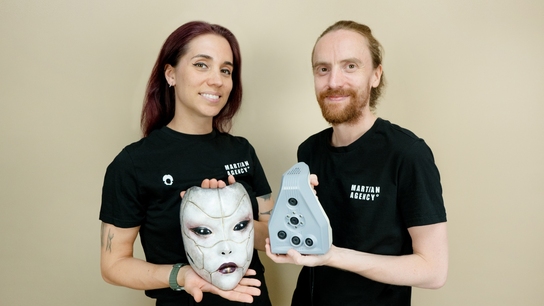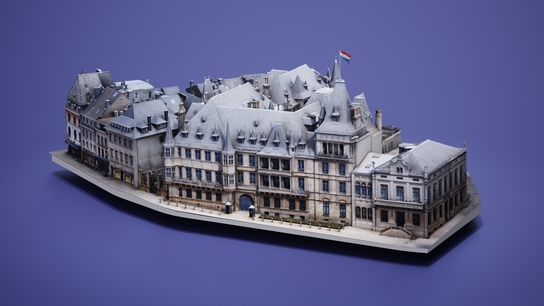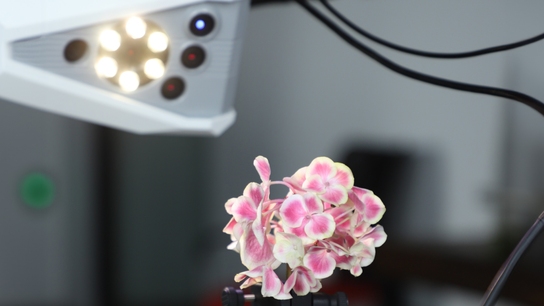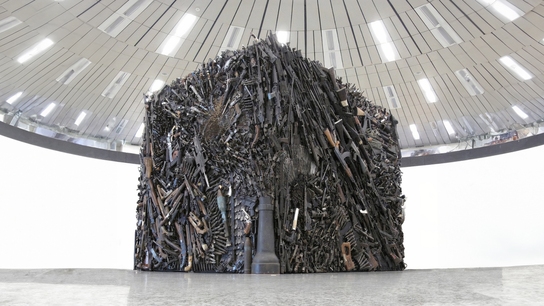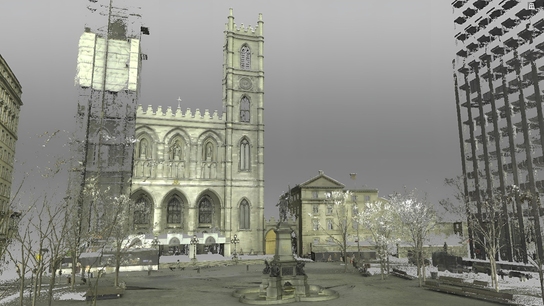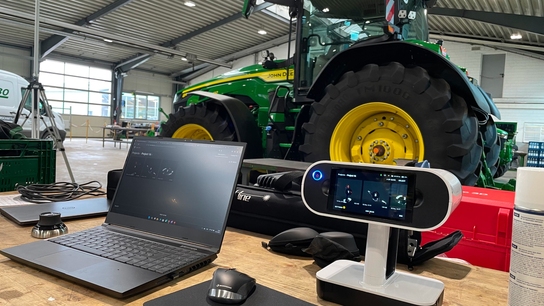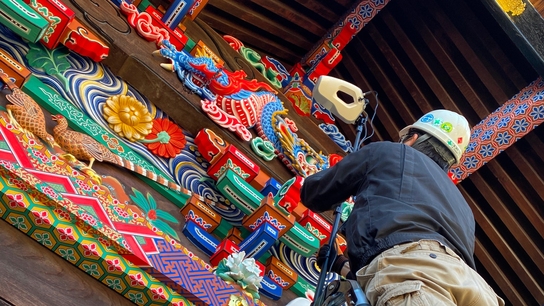Cases
Artec 3D scanning applications in art and design
With Artec 3D scanners, digitizing real world objects has never been easier. 3D scanning, whether it is for art, product design, or VR, can be done quickly and accurately, without the need for targets or complex preparation. Artists, graphic designers, and anybody involved in 3D modeling or design can rely on our range of scanners to deliver the ease of use and quality that even the most successful movies of our time have benefited from.

